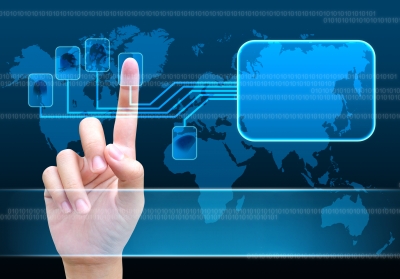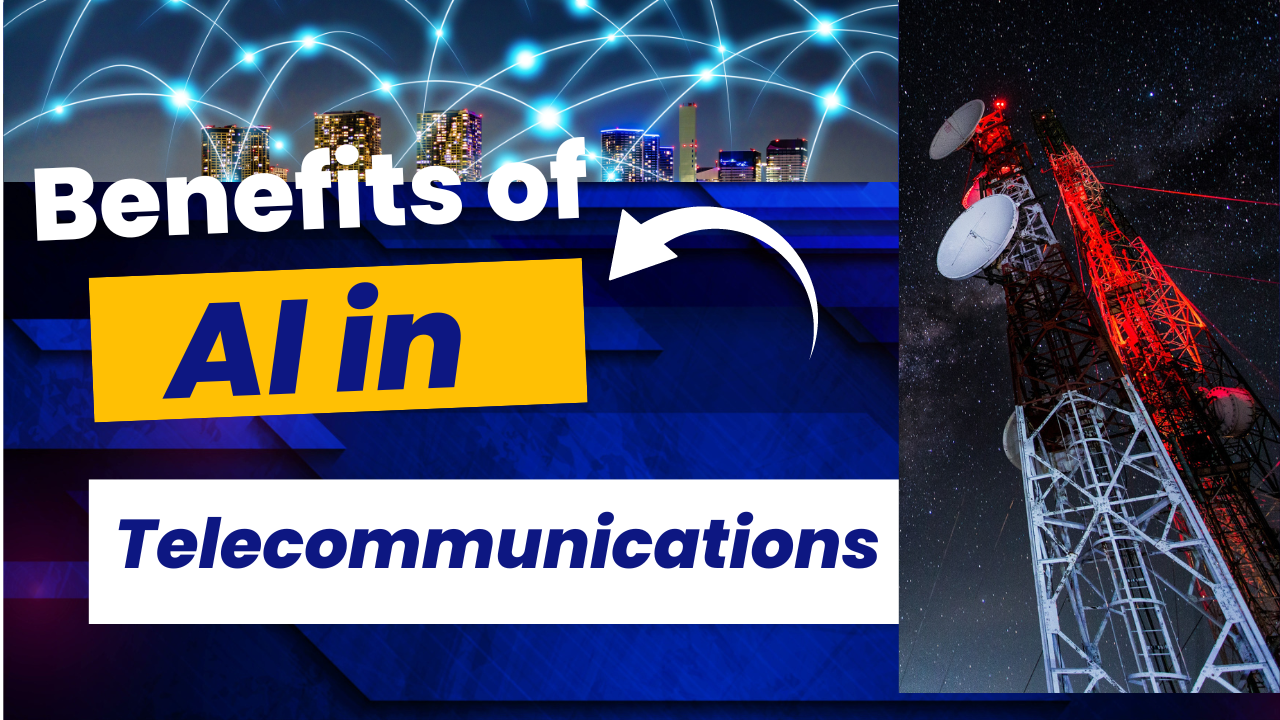
ICTpost Governance Bureau
As natural resources and readily available, easily transformable energy were the raw materials out of which the Industrial Revolution was forged, so Information and Information and Communications Technologies (ICTs) are the raw materials out of which the Information Revolution is being forged. And just as the Industrial Revolution was transformative of all aspects of daily life including all aspects of economic and social production (and reproduction) so the Information Revolution is similarly transformative.
We can now step back from the Industrial Revolution and see its key elements, its defining moments, the changes that it brought about and the key conditions which made its sweep and power so decisive. Having such a capacity for insight and oversight is however, rather more difficult for the Information Revolution since we are at the moment well into it but by no means has it even begun to run its full course and particularly in Developing Countries.
It is in this context that we must understand the concept and the principles underlying a Right to Information (RTI) and both the likely impact of the broad-based introduction of such a right and the manner and type of outcomes which will be its result, particularly as these affect those at the local and grassroots levels.
Looking bottom up
The exercise of this right may be denied in practice whatever the law if information access is unnecessarily restrictive, too costly or discriminatory as for example, through the absence of information availability in appropriate languages or in the case of those without literacy skills in a format which is accessible to the illiterate. Simply making information available electronically or on the web may have little effect without a related provision of the means for reasonably available and minimal cost access.
In this context the Right to Information can be understood as having two facets from the perspective of the grassroots:
a.access to general information such as the information that governments (and others) make available for example, concerning entitlements and benefits, medical information or information that might be of interest from a working conditions or occupational health and safety perspective among others.
b.access to specific information such as might those concerning individual files, services or entitlements related to individuals, specific decisions made and decision making by government officials and so on.
In both of these instances information technology can play a significant role. In the first instance, by lowering the cost of information access and by facilitating its broadest possible distribution (and potential accessibility) through email or the World Wide Web. In the second instance, by enabling the development and enhanced transparency of information records, tabulations, data bases and so on to which ordinary citizens can have ready and low cost access through electronic means . But in order to do so the provision of information has to be understood as something that doesn’t just happen but must be treated as something requiring an approach understood as an effective use.
Also, it should be noted that the issue of digitization of records is still subject to attitudes critical of computerization among many of those involved in public policy issues inside governments and outside. In fact, a position critical of new technologies is often seen as being necessary if one is to be understood as being supportive of disadvantaged people. In fact, the (Right to Information) RTI Act is India’s first law that obligates governments to take up e-Governance.
RTI and e-Governance
In India, in particular, there is the additional issue that if the RTI were to be fully executed it is likely that the current governance system would be unable to cope. The scope of this issue is in India enormous and its potential impacts very substantial given the very high cost of servicing even a single request for information. The argument that is frequently made that one successful RTI request obviates the need for many others, as the system perks up and begins to deliver better, may be underestimating the inertia of the system and not recognising the impact of the petty corruption which surrounds information access in India (and in many other developing countries as well).
Digital technologies which provide the means for very low cost publishing and information distribution are quite evidently the necessary supports for the RTI, and without them the promise of any RTI law or similar ascribed right cannot be optimised.
An additional issue with RTI processes where ICTs may have a significant influence is that in many cases when information is requested this request has to be addressed to the very office or official where the information in question may potentially have the most damaging effect. In this instance, the officials in question have the least incentive to disclose and the most incentive (and means) to undertake damage control? (information access restrictive) measures a situation where the citizen is necessarily at a significant disadvantage.
The electronic publication of government information could ensure remote access to information without giving a warning to the potentially affected officials. Such processes also allow senior officials up to the highest levels to monitor RTI access to government? information remotely, once again without any particular office/official to having knowledge that such a monitoring is being done.
The costs of e-Governance, i.e. broadly, digitising records and processes, though expensive, has? to be seen in the context of the overall cost of government and particularly for the Indian? governments which runs a quite expensive establishment. This establish-ment however is one? with low levels of efficiency and high levels of wastage and one, which would almost? certainly be very positively impacted through the widespread introduction of ICTs.







